Analysis of Communication Barriers: Verbal, Non-Verbal, and Solutions
VerifiedAdded on 2023/06/04
|13
|547
|72
Report
AI Summary
This report delves into the complexities of communication, differentiating between verbal and non-verbal modes and their respective impacts. It highlights the significance of non-verbal cues, such as facial expressions and body language, which constitute a substantial portion of communication. The report identifies various barriers to effective communication, including the use of jargon, disinterest, and negative body language, and offers practical solutions to overcome these obstacles. These solutions include clarifying ideas, respecting viewpoints, using clear language, being mindful of tone, understanding the listener's needs, and developing better communication skills, self-esteem and consistency. The report concludes by emphasizing the importance of addressing both verbal and non-verbal barriers to ensure clear and effective communication.
1 out of 13
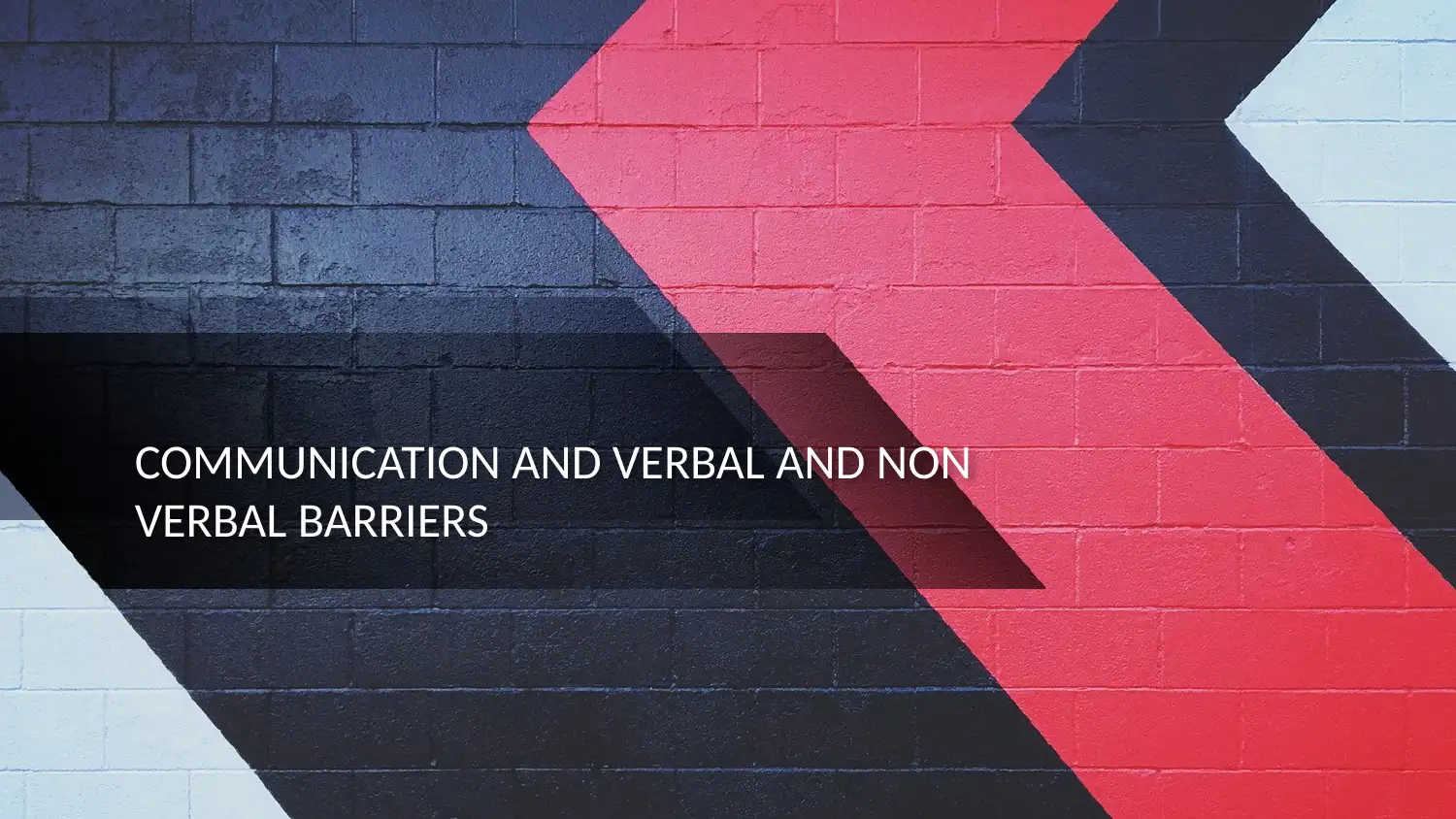
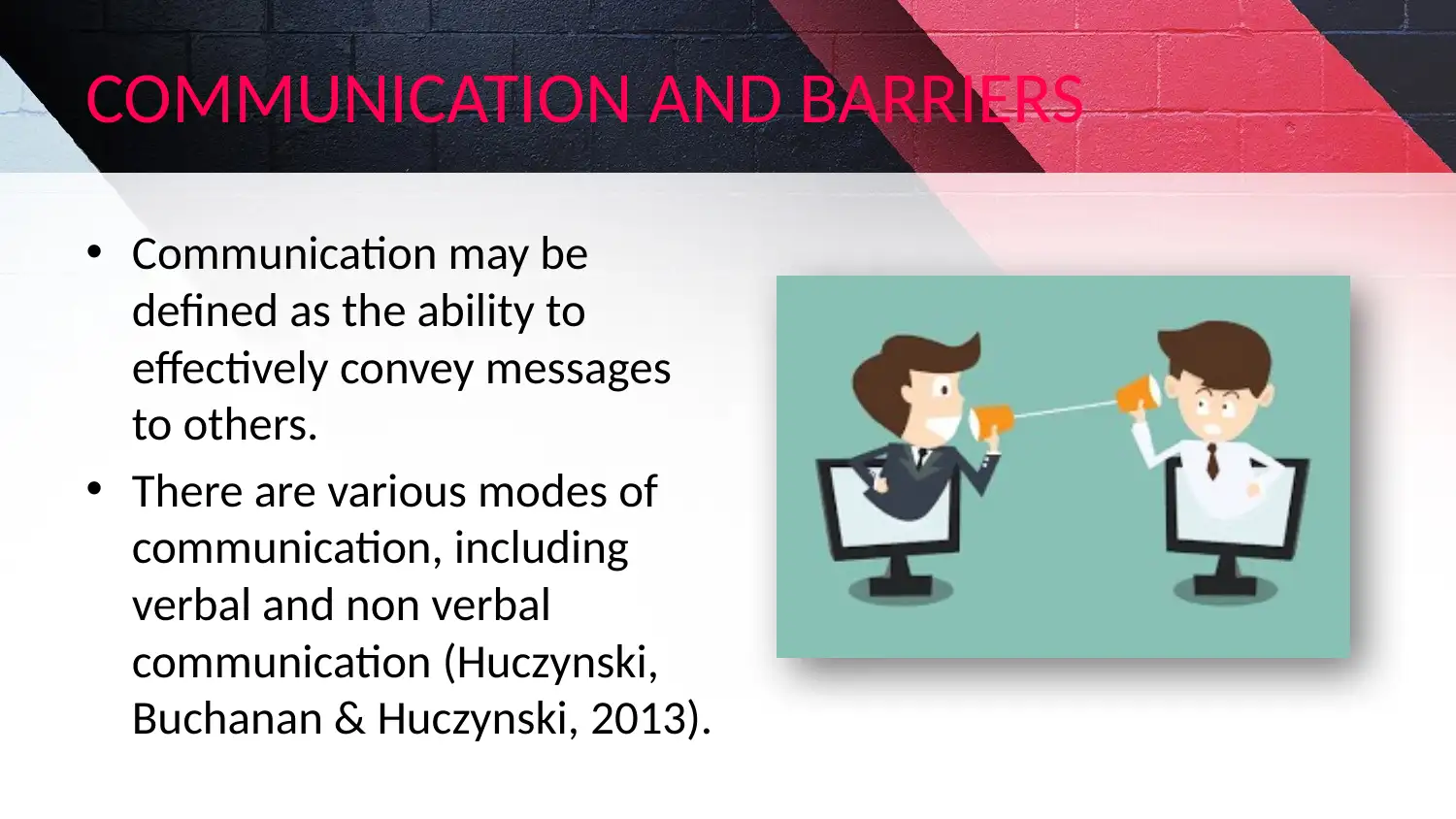
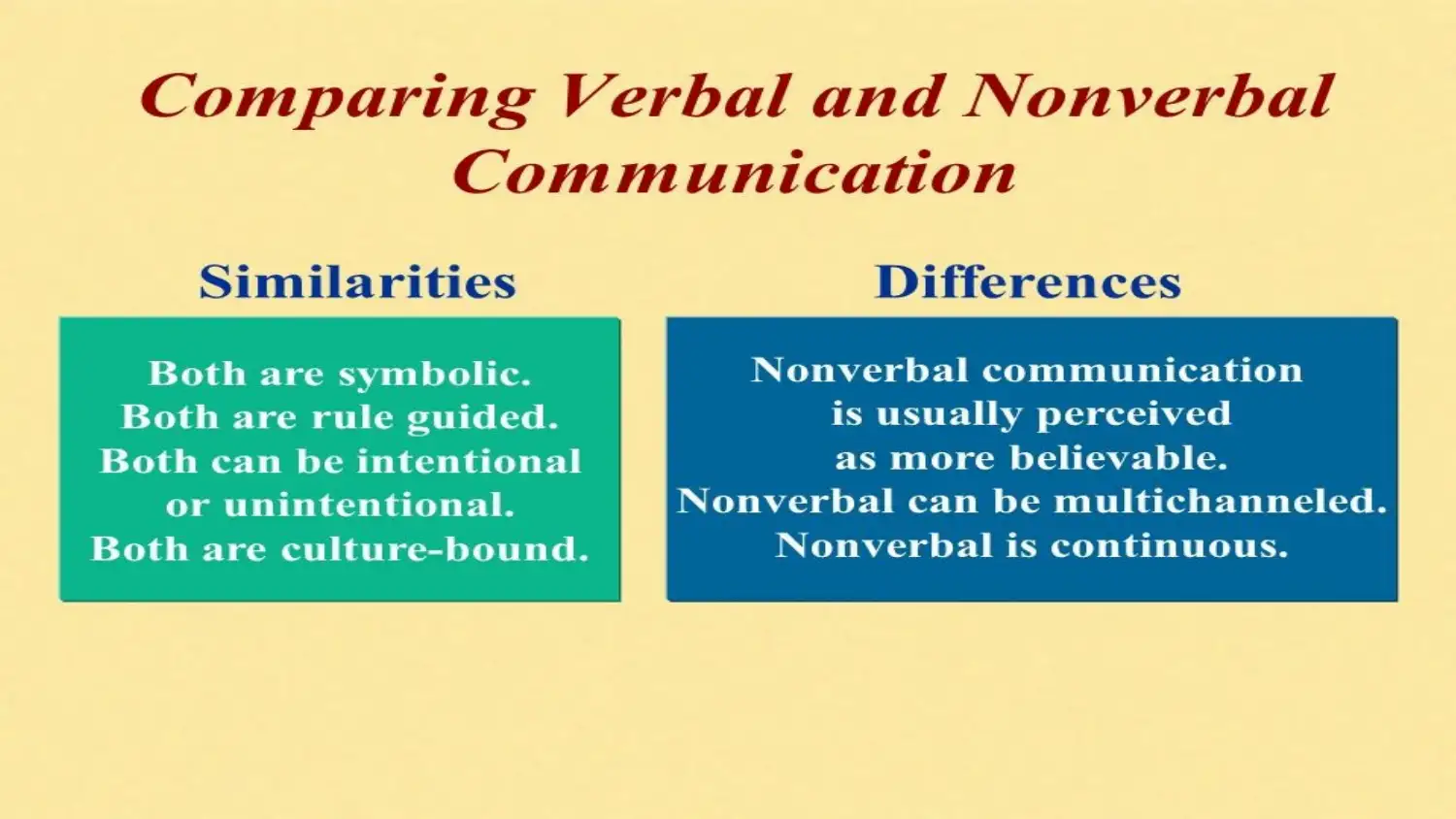

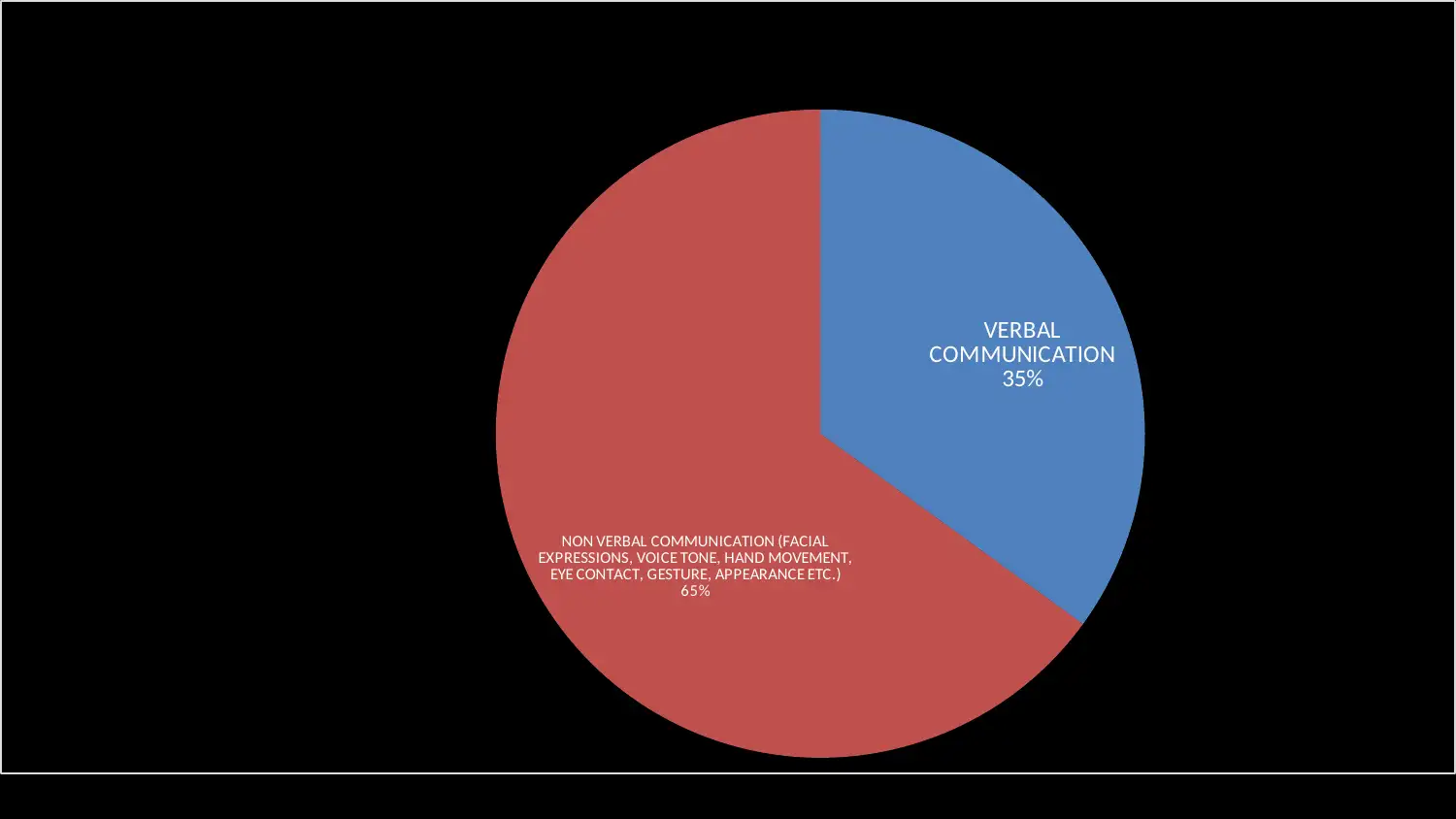
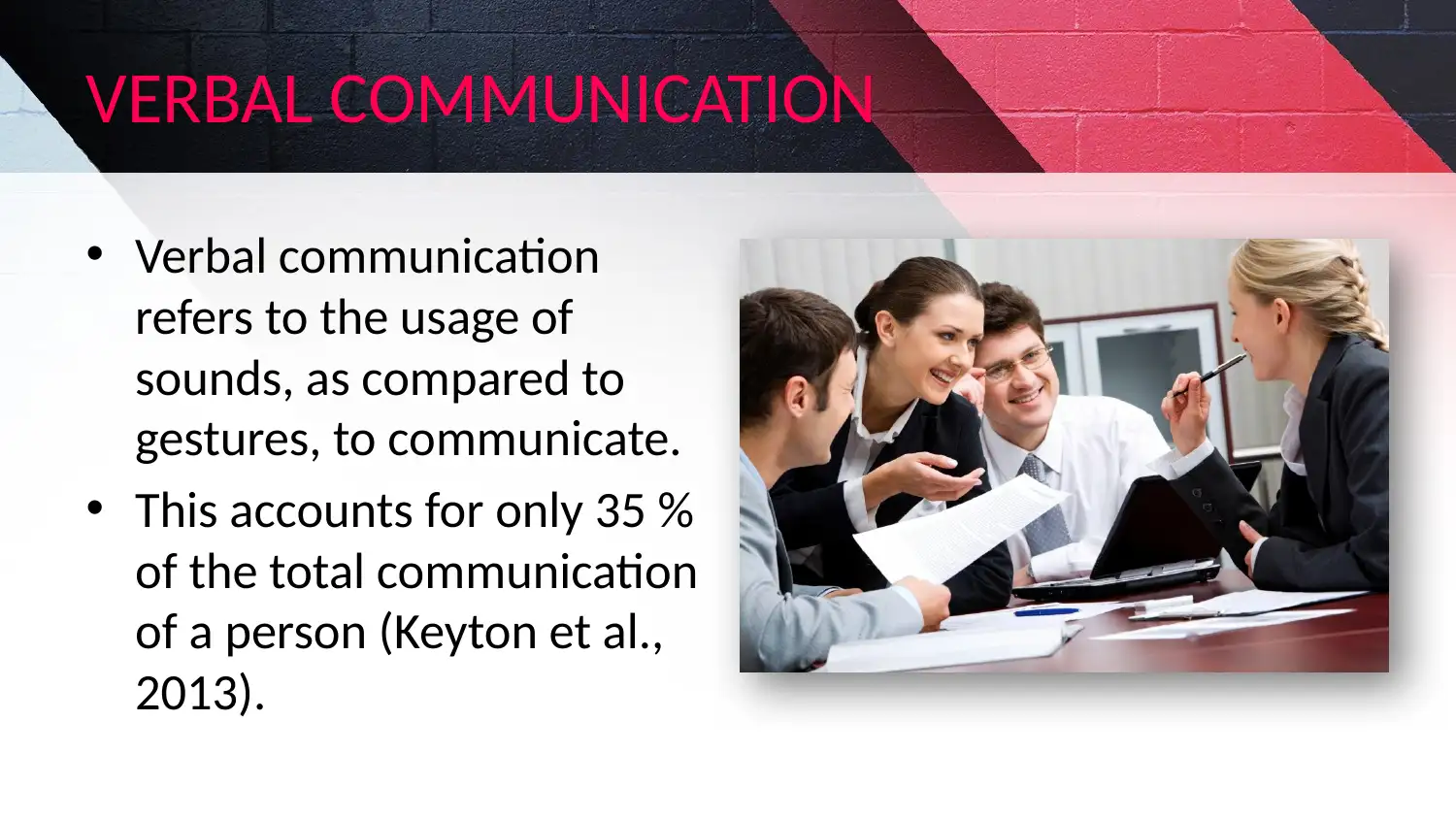
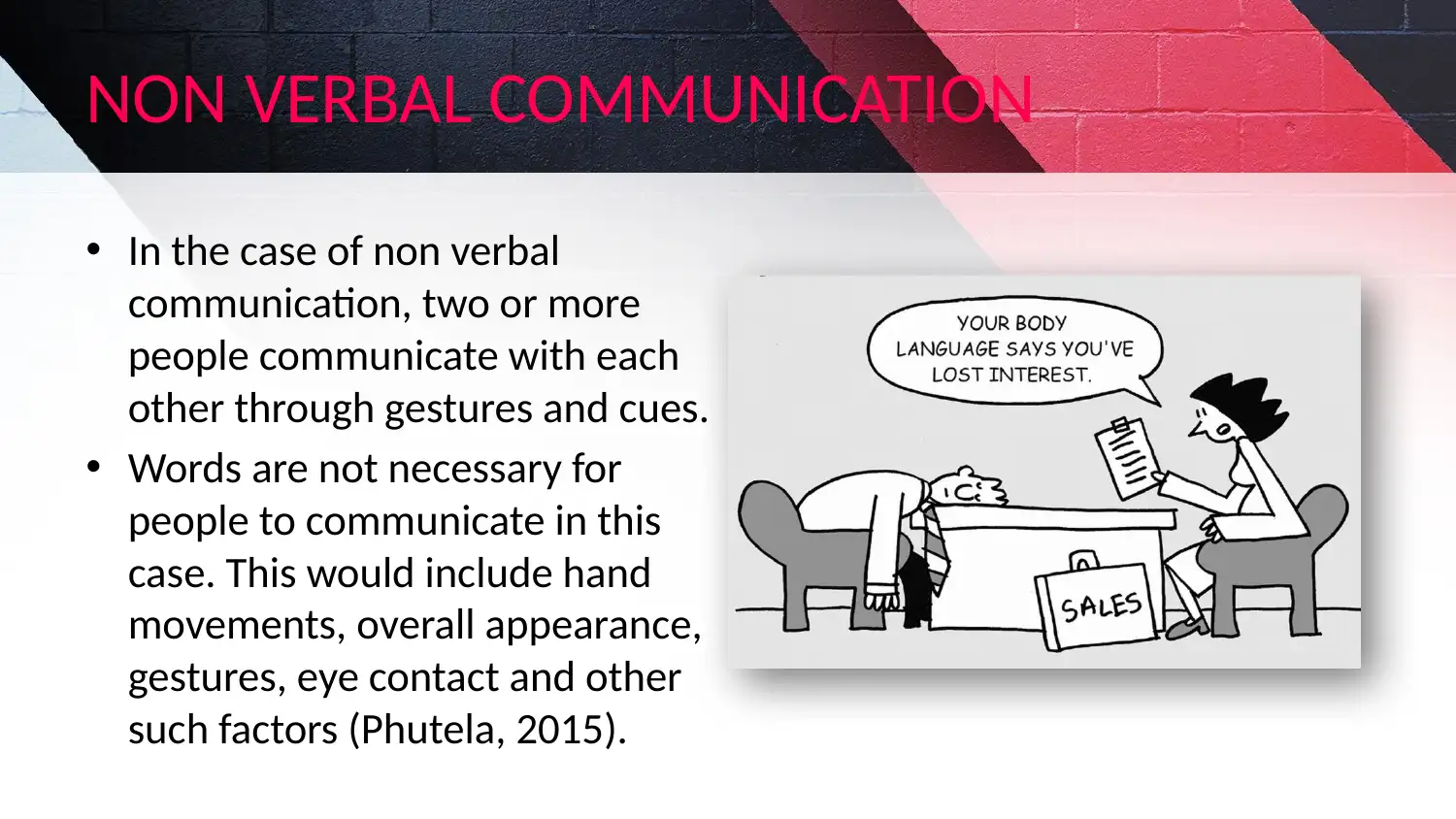
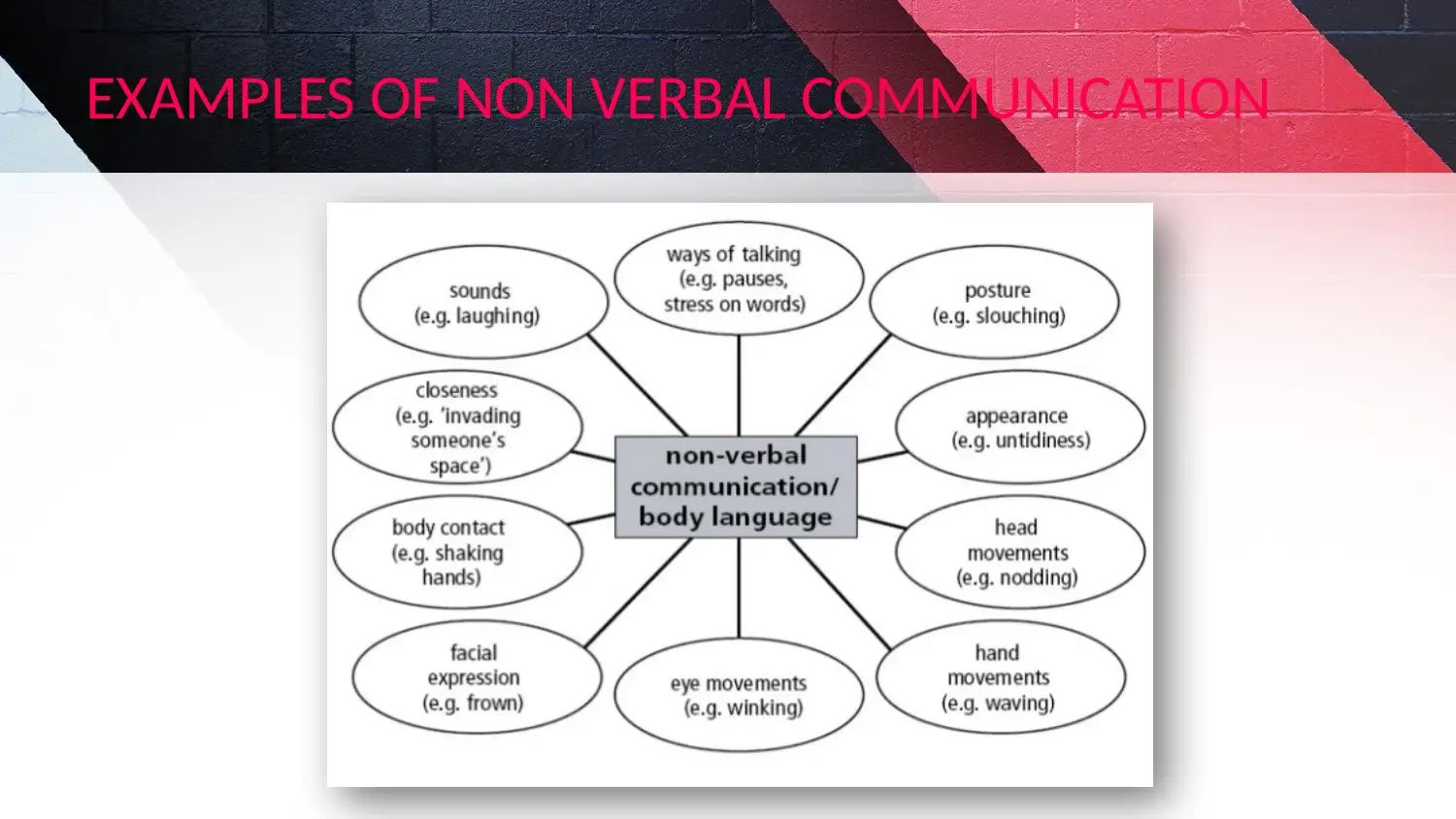
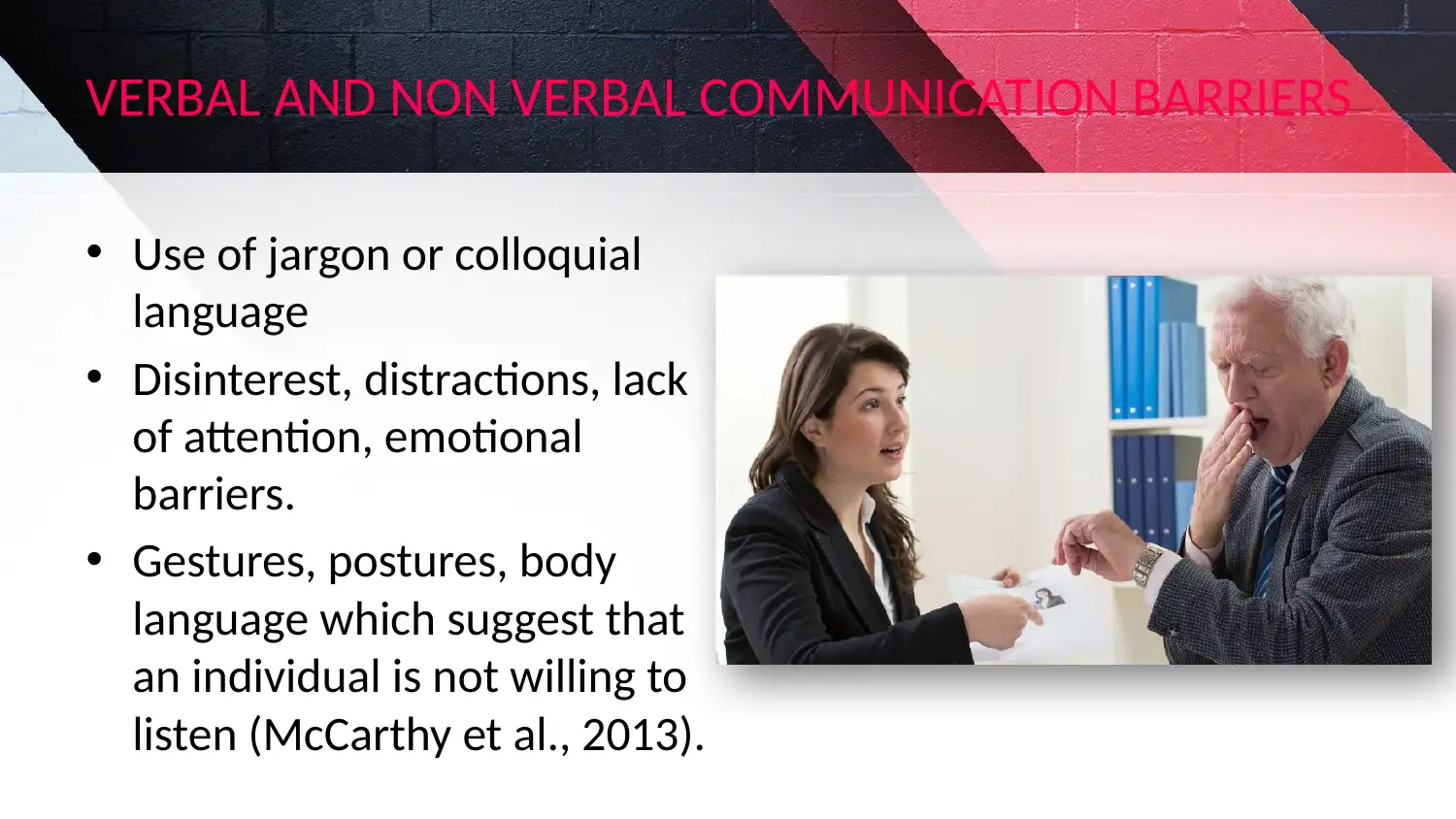
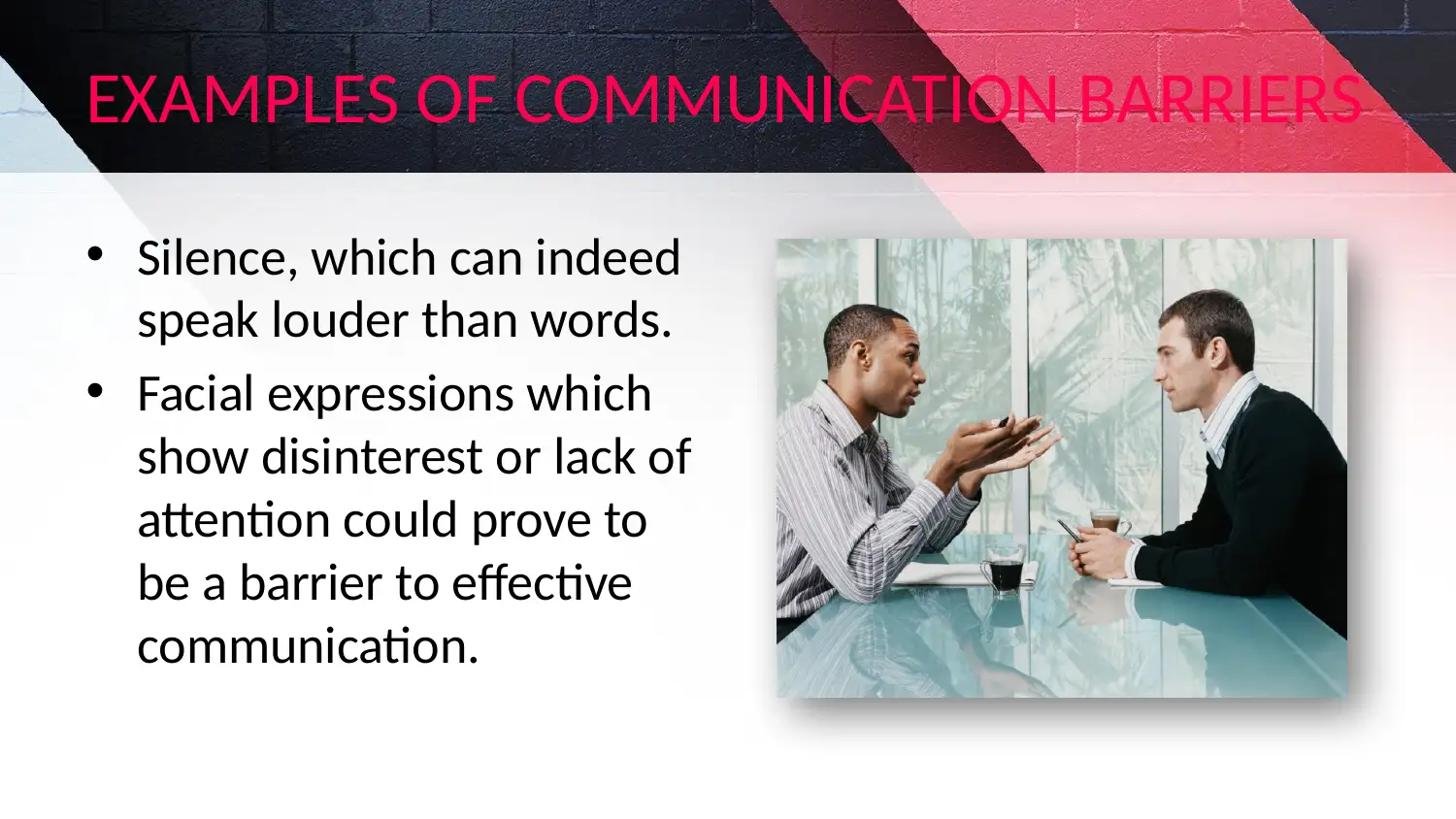

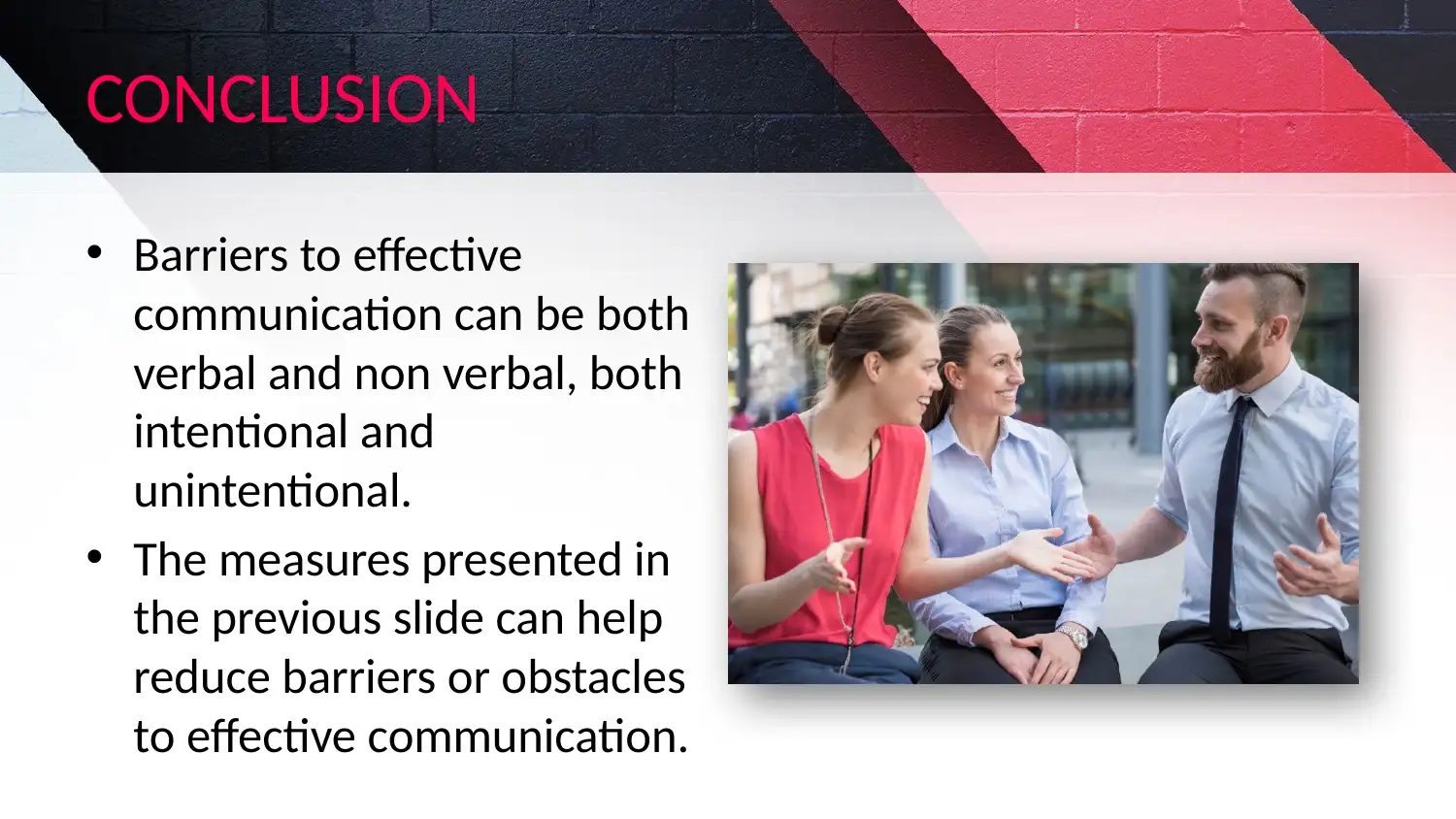
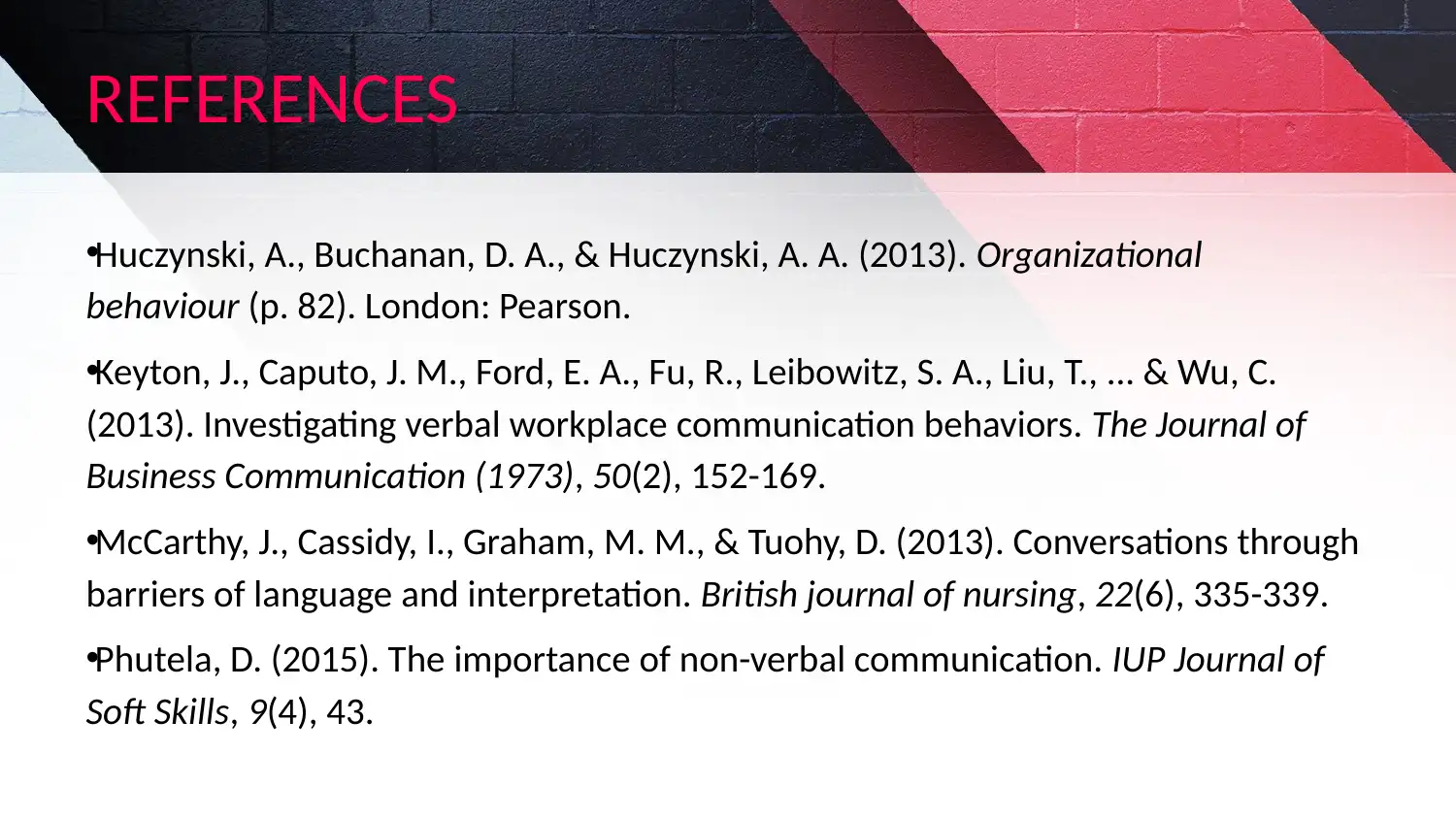




![[object Object]](/_next/static/media/star-bottom.7253800d.svg)